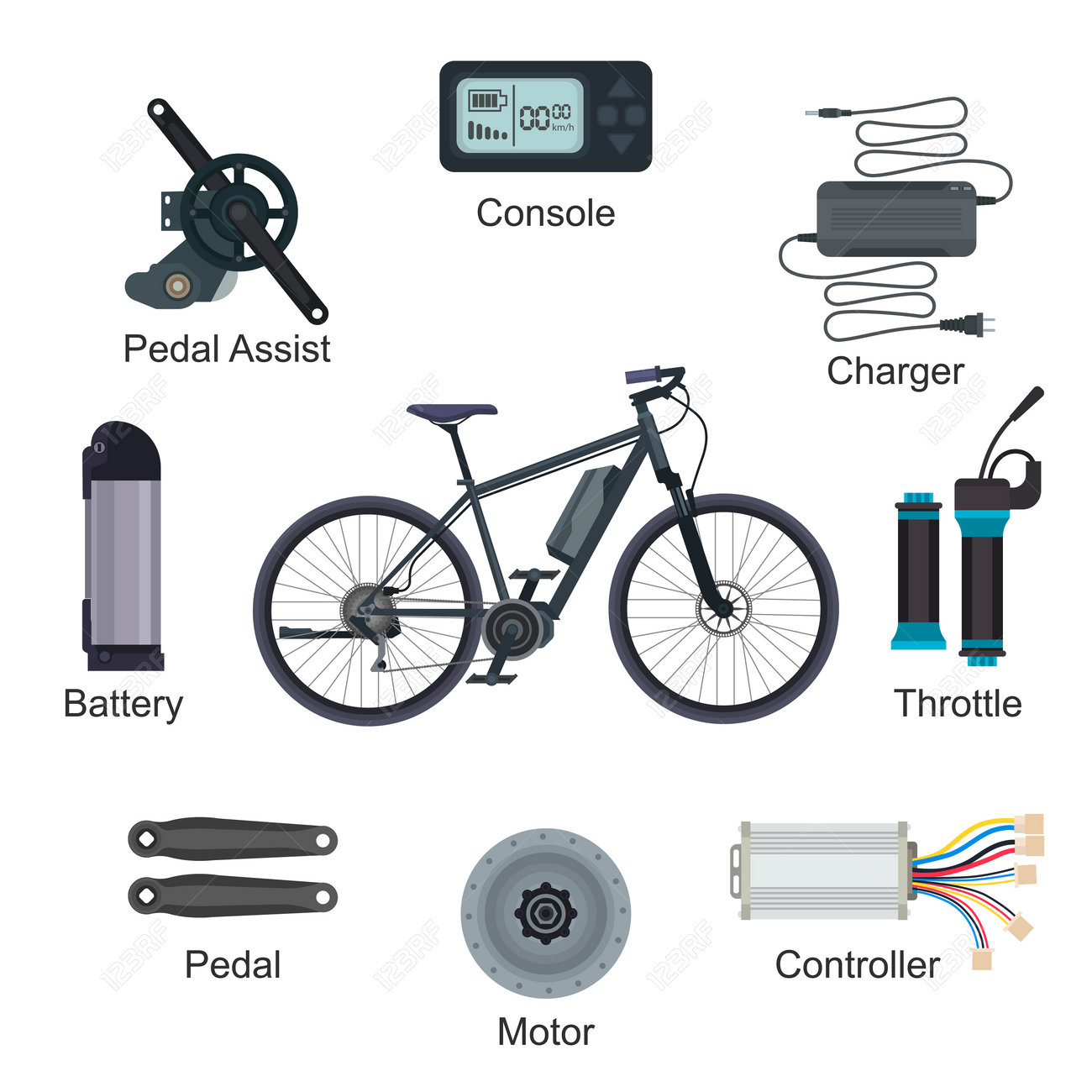If you're taking into consideration acquiring an e-bike, comprehending the different classes is type in making an informed decision. You might be shocked at just how each course supplies unique features that accommodate various riding choices and lawful needs. From pedal-assist alternatives to throttle-controlled versions, each class has its advantages. So, prior to https://edwinsxeko.blogginaway.com/33661577/e-bikes-future-trends-to-follow-over-the-next-five-years choose the best e-bike for your demands, it's essential to comprehend the distinctions between Course 1, Class 2, and Course 3 e-bikes.
Class 1 E-Bikes
Course 1 E-Bikes are defined as pedal-assist electrical bikes that give support only when you pedal, stopping to do so as soon as you get to 20 mph. These bikes are ideal for those trying to find a little extra increase while still wishing to get some workout. Course 1 E-Bikes use a smooth shift in between pedaling and electric help, helping you dominate hills and fars away effortlessly. The electric motor begins as quickly as you start pedaling, offering a natural and effortless ride experience.
Among the crucial benefits of Class 1 E-Bikes is that they're allowed on most bike courses and tracks where conventional bikes are allowed. This means you can discover brand-new routes and enjoy the outdoors without any limitations.
Furthermore, these bikes are eco-friendly and offer a lasting mode of transport, lowering your carbon impact while still getting you to your location successfully.
Course 2 E-Bikes
Proceeding from the pedal-assist dynamics of Course 1 E-Bikes, Class 2 E-Bikes introduce a new component into the electrical bicycle realm. These e-bikes come with a spin throttle attribute, permitting you to ride without pedaling at all. With this enhancement, you have the option to just engage the throttle and let the motor do the work, propelling you ahead easily.
Class 2 E-Bikes are excellent for cyclists that might need a break from pedaling or call for help when beginning with a complete quit. https://www.notebookcheck.net/Aventon-Aventure-2-fat-tire-e-bike-arrives-with-1-130-W-peak-power-and-torque-sensor.685583.0.html makes them specifically appealing for individuals with restricted mobility or those that want a more leisurely riding experience.
Nevertheless, it is very important to keep in mind that Course 2 E-Bikes are still controlled by a speed limit of 20 miles per hour, making sure safety and security and conformity with laws.
Course 3 E-Bikes
For riders seeking a more dynamic electrical cycling experience, Course 3 E-Bikes offer boosted rate and efficiency contrasted to their Class 1 and Class 2 equivalents. Course 3 E-Bikes are known as "rate pedelecs" and can get to rates of up to 28 miles per hour, supplying a thrilling trip for those looking for an additional increase. These bikes come geared up with a pedal-assist system that starts when you begin pedaling, making it easier to keep greater speeds with much less initiative.
One essential feature of Class 3 E-Bikes is that they aren't limited to bike lanes just; they can also be used on roads where the speed limit is 30 mph or reduced. This flexibility permits bikers to navigate through website traffic a lot more successfully while still delighting in the advantages of electrical aid.
However, it's vital to bear in mind that some locations may have particular laws relating to using Class 3 E-Bikes, so constantly examine local laws before hitting the road.
Conclusion
So, now that you recognize the distinctions between Course 1, 2, and 3 E-Bikes, you can make an informed decision on which type finest suits your requirements. Whether you choose pedal-assist, throttle attribute, or higher rates, there is an E-Bike course around for you. Keep in mind to consider your regional laws and individual choices prior to making your option. Delighted riding!
